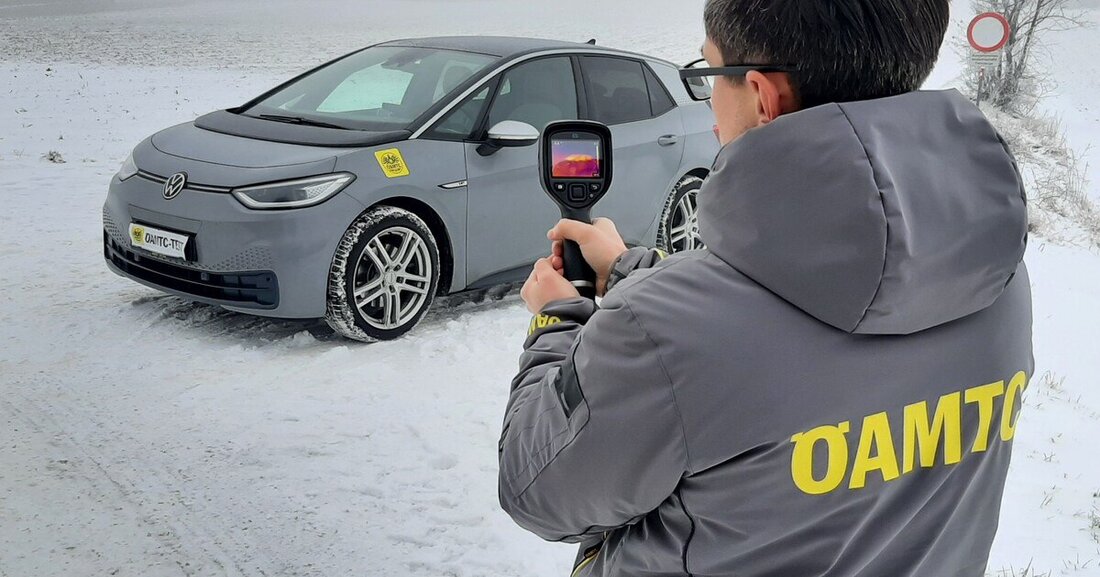Heating costs range
In electric cars, the energy for heating the passenger compartment comes entirely from the drive battery.

Heating costs range
The actual range of an electric car depends on various factors. “One of the most important criteria is the temperature: Batteries are particularly sensitive to cold,” explains Markus Kaiser, Öamtc expert for e-mobility. A look at the mobility club's breakdown assistance statistics shows what this means for the 12 V electrical system batteries of both electric vehicles and cars with combustion engines: empty or weak batteries account for around a third of all calls. In the case of electric cars, however, there is another point in addition to this physical fact: Because there is no waste heat from the engine, the energy for heating the passenger compartment comes entirely from the drive battery, which further reduces the range. The efficiency of the heating and the insulation of the interior are all the more important in battery-electric cars - because the longer and better the heat can be retained, the less you have to heat. "Together with our partner organizations, we looked at how well this works with some popular electric cars. To do this, we were in the climate test bench at minus 10 degrees," explains Kaiser.
Electric cars require little time to reach a comfortable temperature in the interior. “No matter how cool the vehicle was beforehand: after just three minutes the air coming out of the nozzles is 20 degrees warm, and after five minutes it is already 40 degrees,” reports Kaiser. With combustion engines, on the other hand, the engine and cooling circuit must first come to temperature before there is any heat left for the heating. Kaiser explains: “So that the interior remains at a constant 20 degrees when the outside temperature is frosty, almost 2 kW of power is required.” So if you were standing e.g. For example, if you are stuck in a traffic jam for ten hours, the heating needs 15 to 20 kWh - an amount that current electric cars can easily provide. But how long can cars retain heat if they are not heated constantly? The mobility club's tests show that when the outside temperature is 10 degrees below zero, the interior cools down from 20 to 10 degrees and even further after just 30 minutes. “It is noticeable that cars that heat faster and more consistently also retain heat for longer,” explains Kaiser. His conclusion: “Manufacturers should place more emphasis on the issue of thermal insulation, because unlike combustion engines, where the engine waste heat can be used as a by-product to heat up the interior, heating energy requirements and heat losses are much more relevant in electric cars.”

 Suche
Suche
 Mein Konto
Mein Konto